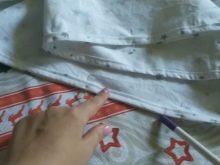Sizes of 1.5-bed bedding

The choice of bed linen largely determines the quality of your sleep. If the sheet is pricked, the pillowcase always folds, and the blanket gets lost in the duvet cover, it will be problematic to get enough sleep. In order to determine the size, there are generally accepted templates.
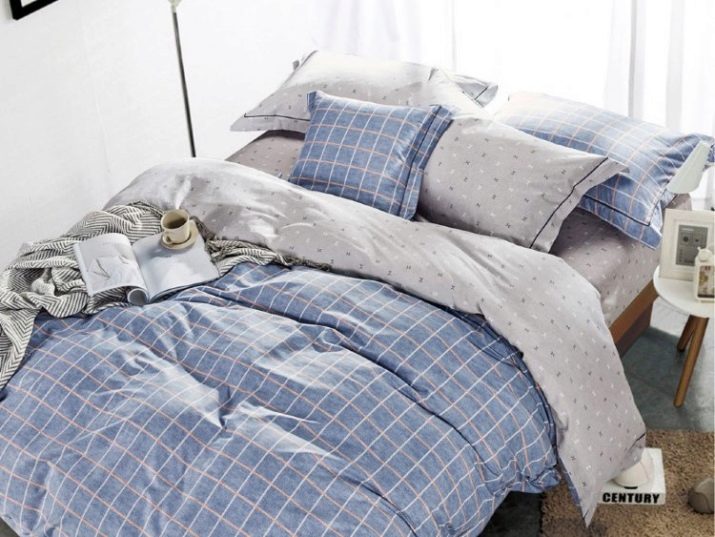
Standard sizes in Russia and China
For the convenience of buyers, there are recommendations that manufacturers follow when sewing home textiles. In the table we give the length and width of the products in accordance with GOST (dimensions are in cm). The same standards are true for most of the Chinese products, as the most adapted for our country.
|
Name |
Duvet cover |
Sheet |
Pillowcase |
|
Child |
Length 125-147, width 112-125 |
Length 117-159, width 100 |
40 by 40, 60 by 60, 70 by 70, 75 by 75, 80 by 80 |
|
Teenage |
Length 178, width 122 |
Length 180, width 100 |
|
|
Single |
- |
Length 203-214, width 120 |
|
|
One and a half |
Length 215, width 124-153 |
Length 214, width 130 |
|
|
Double |
Length 215, width from 163 to 175 |
Length 214-230, width 138-180 |
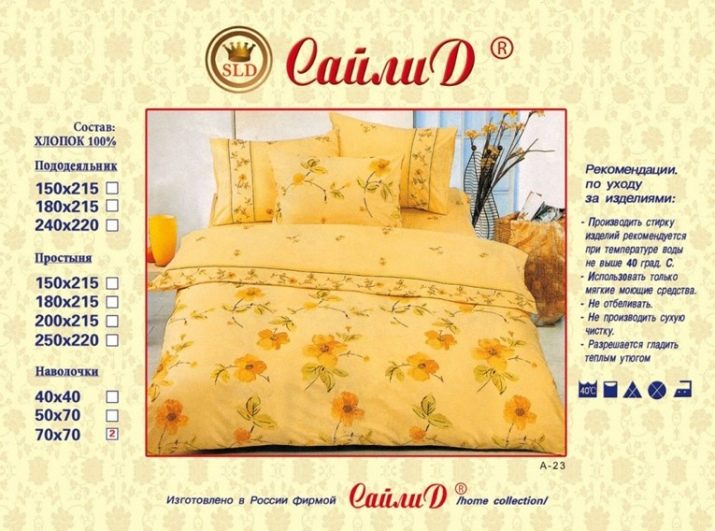
Today, production is regulated not only in accordance with GOST standards. Mainly considered the popular forms of furniture for sleeping and relaxing. It can be different and complete with the number of items. According to these requirements, the following categories are distinguished:
|
Duvet cover |
Sheet |
Pillowcase |
|
|
For kids |
145 by 215, 1 pc. |
150 by 215, 1 pc. |
70 to 70, 1 pc. |
|
1.5 sets |
150 to 220, 1 pc. |
150 to 220, 1 pc. |
70 to 70, 2 pcs. |
|
2-bedroom sets |
180 by 220, 1 pc. |
200 to 220, 1 pc. |
70 to 70, 2 pcs. |
|
For the family |
150 by 220, 2 pcs. |
150 to 220, 1 pc. |
70 by 70, 2 pcs., Or 50 by 70, 2 pcs. |
|
Euro |
200 to 220, 1 pc. |
240 by 220, 1 pc. |
70 by 70, 2 pcs., Or 50 by 70, 2 pcs. |
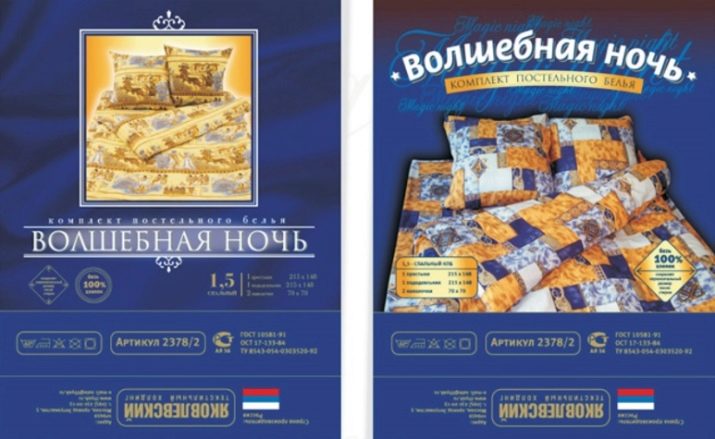
In addition to size, the elements have functional differences.
Duvet covers
They can have different cutout shapes.Classic - on the front side in the form of a square or diamond, where the blanket is inserted. It is more convenient when the cutout is located at the bottom or on the side along the seam, usually such models are equipped with a zipper, but they may not have fasteners. In some embodiments, the inlet is made in the form of a pillowcase-style valve, which is also optionally fixed with buttons. It is important that the size of the duvet cover exceeds the parameters of the duvet by a couple of centimeters.
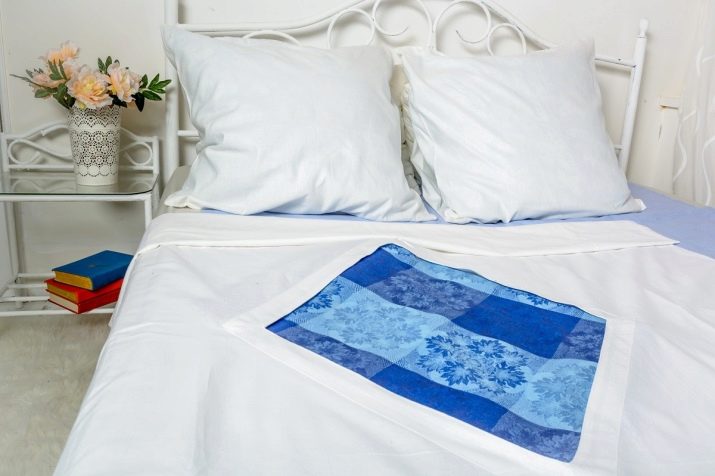
Pillowcases
Distinguish between upper and lower. The first ones are familiar to everyone, they can be of very different designs and protect the pillow from dirt. Auxiliaries can be waterproof, quilted with padding polyester for softness, or, conversely, made of stiffening material. Draft pillowcases are often used for feather or old pillows to hold their shape and fill.
They are usually put on and fixed on the pillows with a flap, but you can find options with fasteners.
Read the package descriptions on the labels carefully. One bed or Single marking indicates one piece per package.
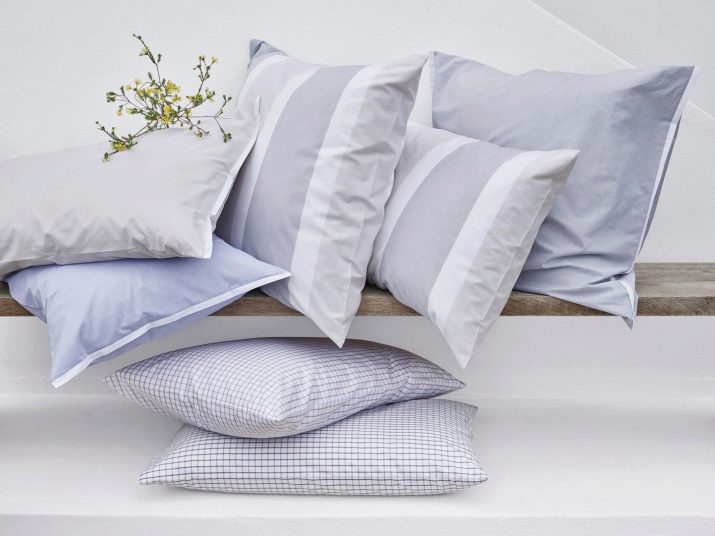
Bed sheets
Classic sheets are thrown over and folded under the mattress, so they are suitable for sleeping on a sofa, sofa and even a folding chair. To do this, select the size of the canvas 50-60 cm larger than the dimensions of the intended resting place.
Sheets with an elastic band around the perimeter are considered very comfortable, which securely fixes the product from slipping. They are only worn on mattresses. It is important not to miscalculate, and when measuring, do not forget about the height. Specialized sheets are water-repellent, for example, for children or for caring for sick people.
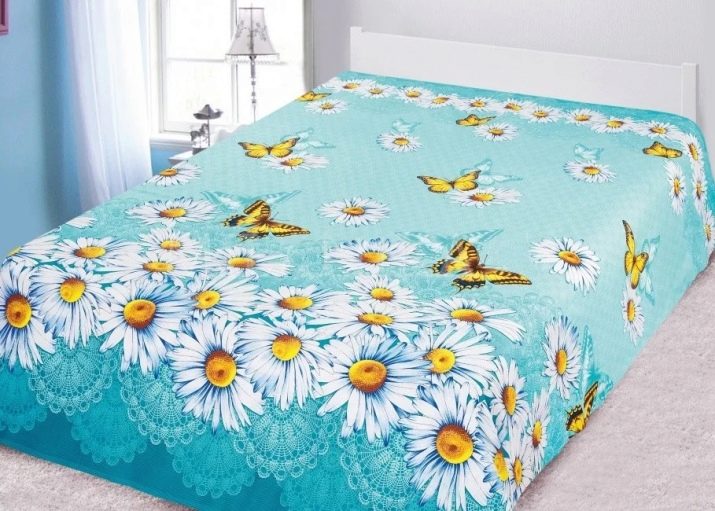
Standards in Europe, USA and Turkey
In other countries, there are slightly different canons for cutting sleep textiles. Here is the European classification system (in centimeters):
|
Duvet cover |
Sheet |
Pillowcase |
|
|
One-and-a-half |
From 140 to 205 to 180 to 210 |
From 160 to 220 to 180 to 260 |
Uniform sizes 70 to 70 or 50 to 70 |
|
Double |
180 x 215 to 200 x 200 |
220x220-240 |
|
|
Family |
150-160 by 210 (2 pcs.) |
220 x 240 to 240 x 260 |
|
|
Euro |
200 to 220 |
220 x 240 to 250 x 290 |
|
|
Euro-maxi (Euro-2) |
220 to 240 |
From 220 to 240 to 270-290 to 310 |
|
|
Teenage |
From 143 to 215 to 160 to 220 |
150 x 214 to 180 x 240 |
|
|
Infant |
From 100 to 150 to 115 to 147 |
100 to 120 to 120 to 170 |
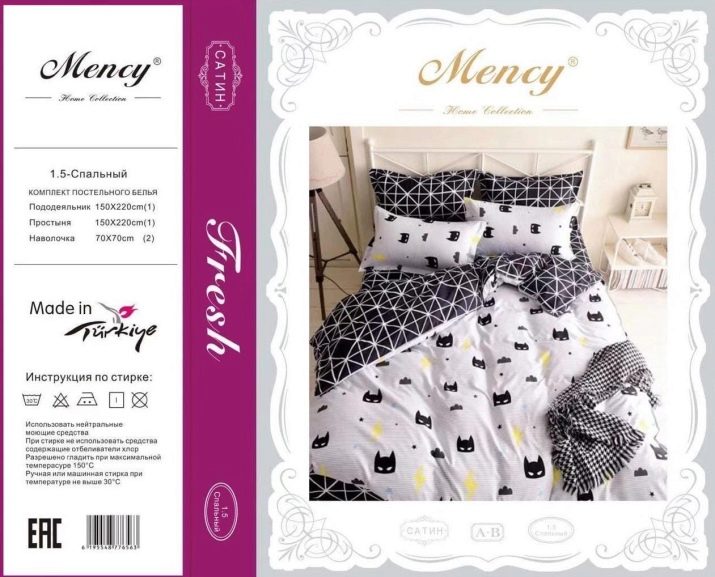
In stores, you may also find markings:
- Baby bed - for the little ones, pillowcases 40 centimeters wide and 60 centimeters long, a sheet up to 1.2 m;
- King / Queen correspond to Euro-maxi and Euro, often means that the set is intended for one person;
- Single / Twin - the same as a single set;
- Full / Double - double;
- Extra Single is another designation for 1.5-bed bedding.
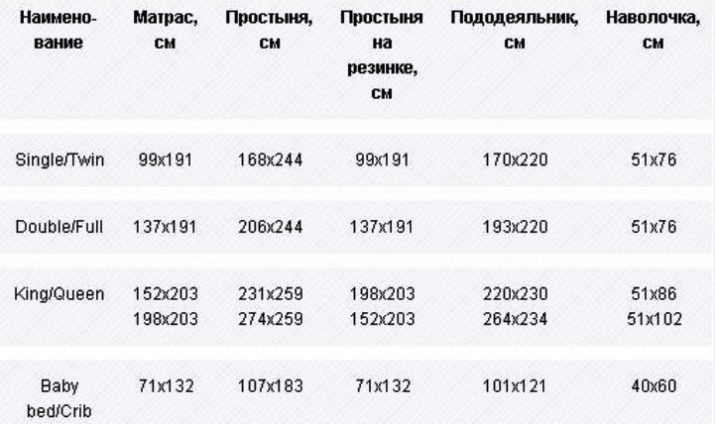
How to choose?
When you have decided on the size and type, all that remains is to think about the fabric.
Elite bed linen is sewn from cambric. A lightweight translucent fabric made of silk and cotton threads allows air to pass through and absorbs moisture, looks delicate and expensive. Of course, the cost will be high.
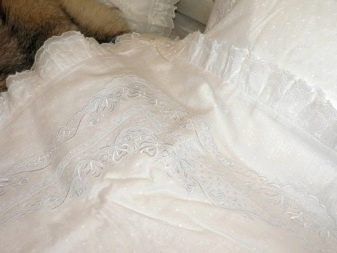
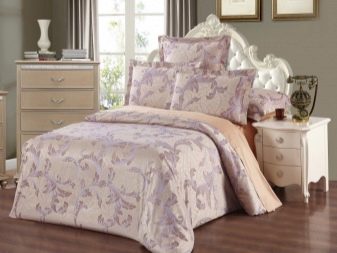
The budget version of cambric is percale. Made in a similar way from cotton. The seemingly thin and lightweight fabric turns out to be quite durable. Good air permeability, breathes.
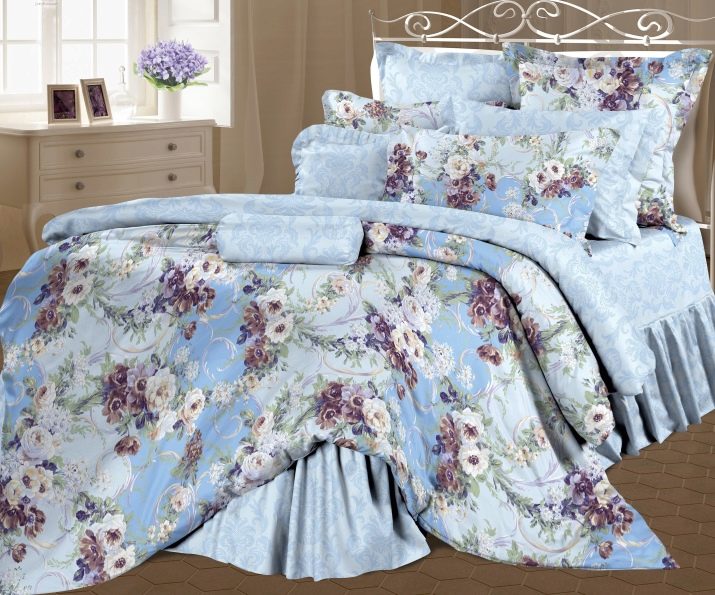
The most economical choice would be chintz. It is based on a cotton thread of plain weaving. Very soft and hypoallergenic fabric, the only drawback will be the low density. Calico is often chosen for the cradles of newborns.
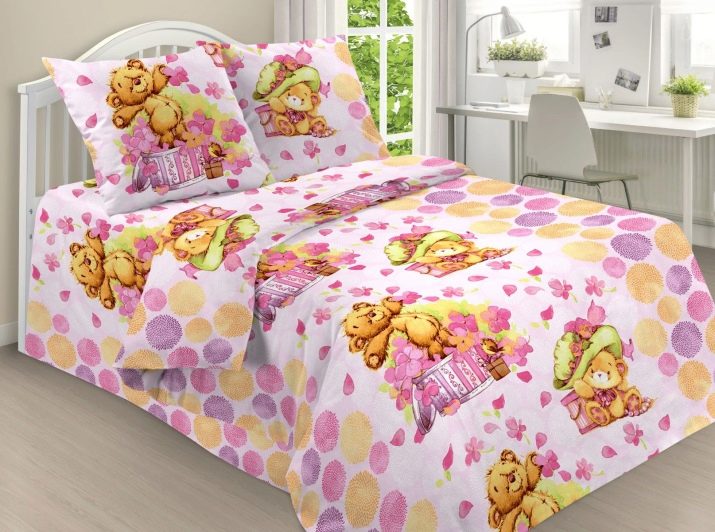
Calico and poplin are also made from cotton, but the threads are taken thicker. The canvas comes out denser and harder than the previous version, but the strength is much higher.
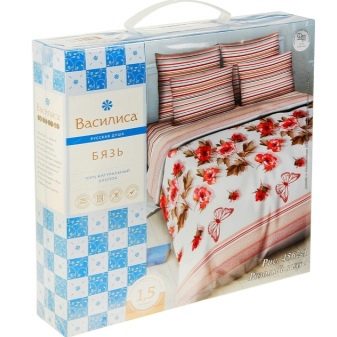

Satin is a relative of coarse calico, but a special weaving of twisted threads gives the finished fabric shine and smoothness. Outwardly, satin looks very similar to satin or silk, it cools in the heat and is pleasant to the touch. However, sheets made from sliding materials will constantly roll if not properly secured.


Cashmere is a special fine wool. It is believed that this texture has a beneficial effect on the nervous system and improves blood circulation. Quite a bold and exotic choice for warm nights in cold weather.
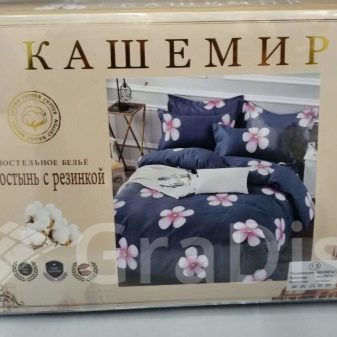

If the 1.5-bed bed is of a non-standard size, or you can't find the “same” design for the perfect image of the bedroom, you can order the production of textiles in a sewing workshop. It is often even cheaper than buying a ready-made kit.
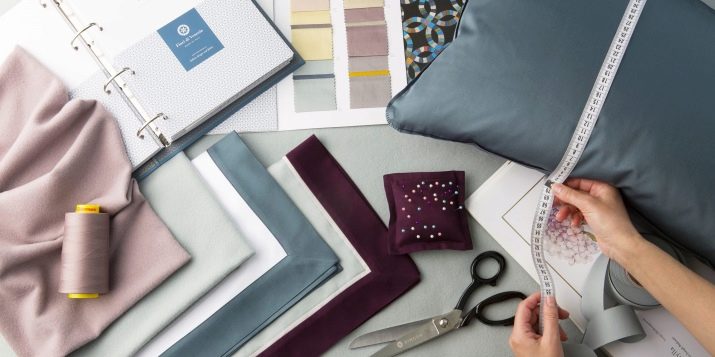
If you're in the mood to sew your own bedding, here are some tips for calculating fabric for a 1.5-bed bed.
- Try to choose fabric in rolls from 2.2 meters. This will make it more convenient to gain the width of the product.
- In pillowcases with a smell, the valve entry must be at least 20 cm, otherwise the pillow will fall out. Thus, we need 1.25 m for a pillowcase 60x60 cm.For a sewn-in zipper, 0.65 m will be enough.
- The fabric is cut along the warp threads, that is, longitudinally.
- Don't forget about seam allowances.
- Consider the height of the mattress to calculate the width and length of the sheet.
- The optimal length of material for sewing a one-and-a-half duvet cover is 3.1 meters, and sheets - 2.3 meters.
If the fabric you like is sold only in a width of 1.5 m, then the calculation will look like this: duvet cover from 4.2 m, sheet from 2.2 m, wrap-around pillowcase 1.75, with a fastener 1.1 m.


